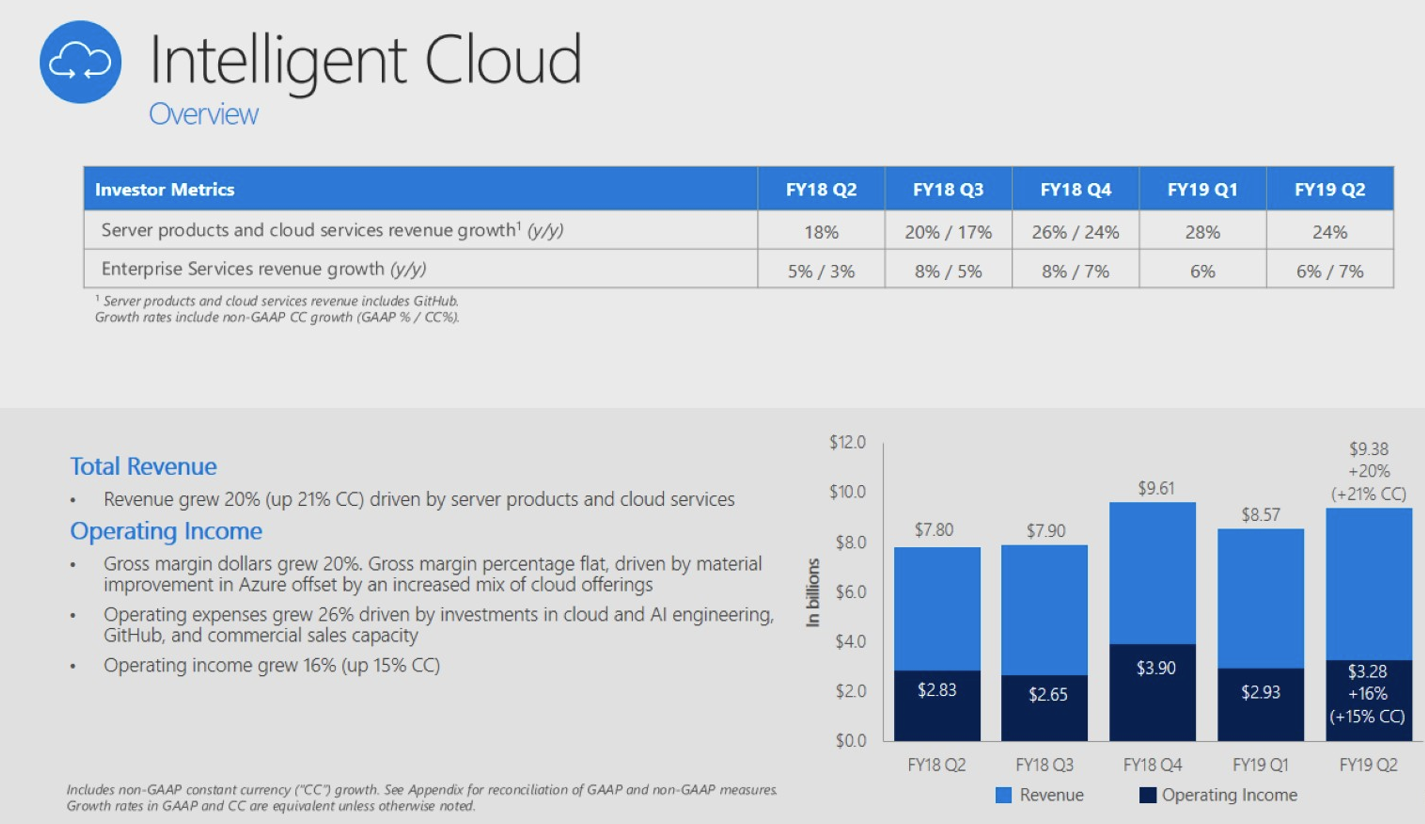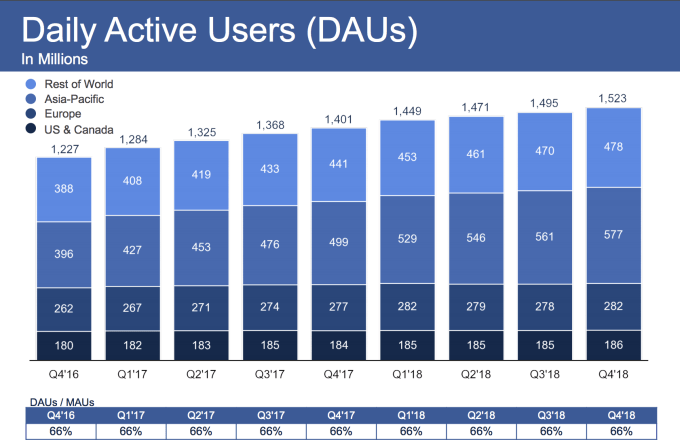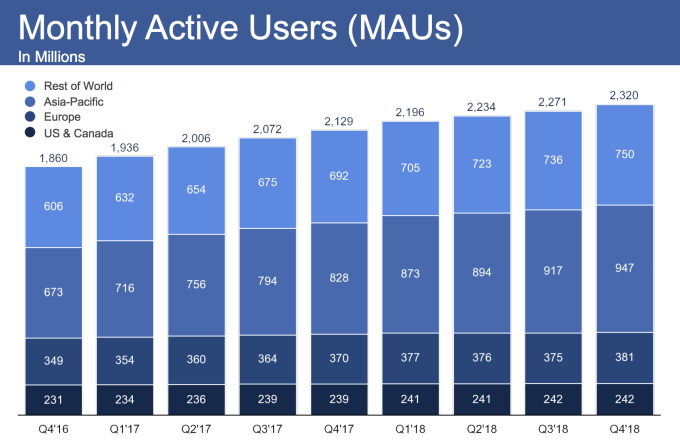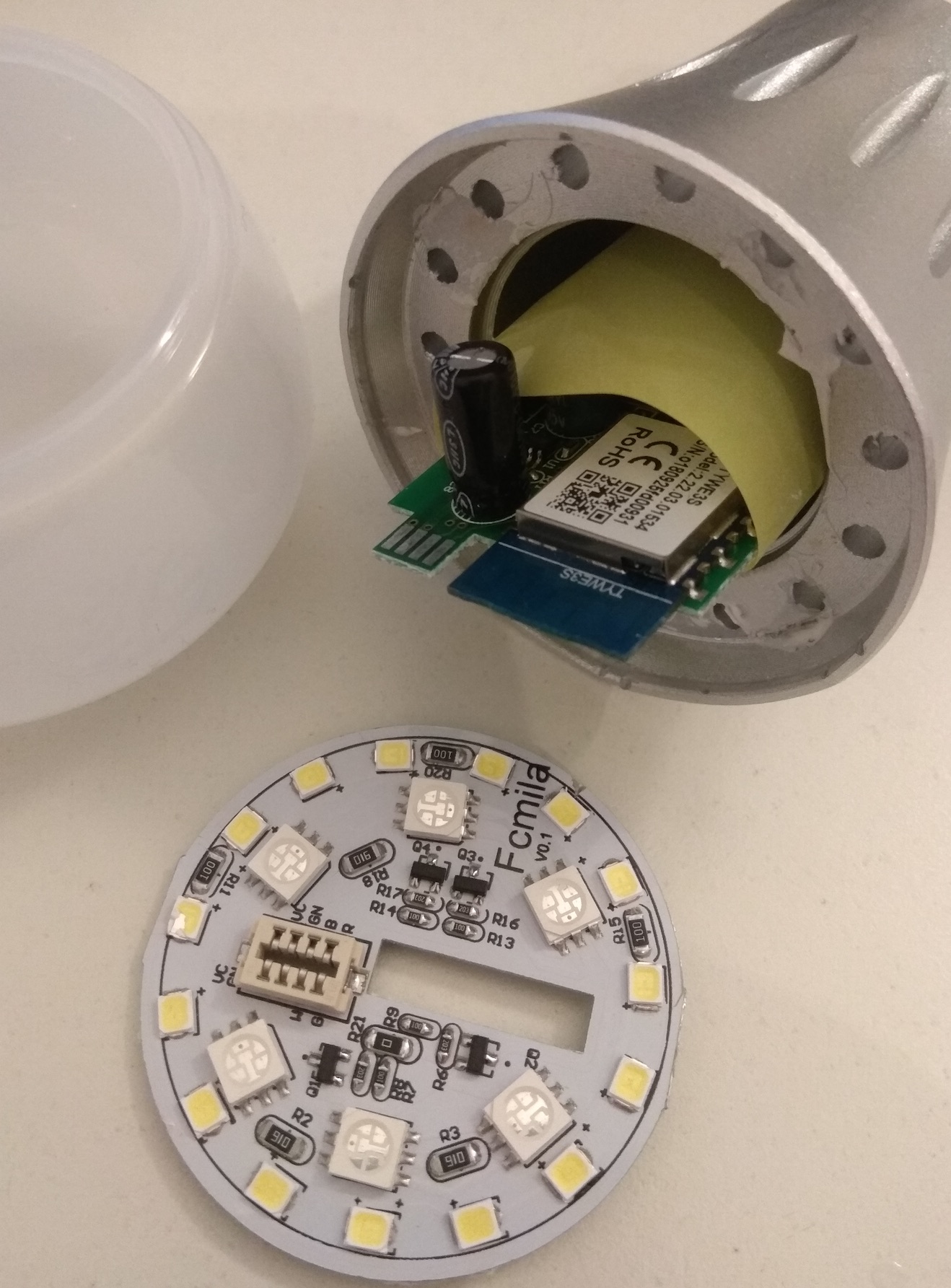In response to TechCrunch’s investigation of Facebook paying teens and adults to install a VPN that lets it analyze all their phone’s traffic, Senator Mark Warner (D-VA) has sent a letter to Mark Zuckerberg. It admonishes Facebook for not spelling out exactly what data the Facebook Research app was collecting or giving users adequate information necessary to determine if they should accept payment in exchange for selling their privacy. Following our report, Apple banned Facebook’s Research app from iOS and shut down its internal employee-only workplace apps too as punishment, causing mayhem in Facebook’s office.
Warner wrote to Zuckerberg, “In both the case of Onavo and the Facebook Research project, I have concerns that users were not appropriately informed about the extent of Facebook’s data-gathering and the commercial purposes of this data collection. Facebook’s apparent lack of full transparency with users – particularly in the context of ‘research’ efforts – has been a source of frustration for me,”
Warner is working on writing new laws to govern data collection initiatives like Facebook Research. He asks Zuckerberg, “Will you commit to supporting legislation requiring individualized, informed consent in all instances of behavioral and market research conducted by large platforms on users?”
Meanwhile, Senator Richard Blumenthal (D-CT) provided TechCrunch with a fiery statement regarding our investigation. He calls Facebook anti-competitive, which could fuel calls to regulate or break up Facebook, says the FTC must address the issue, and that he’s planning to work with congress to safeguard teens’ privacy:
“Wiretapping teens is not research, and it should never be permissible. This is yet another astonishing example of Facebook’s complete disregard for data privacy and eagerness to engage in anti-competitive behavior. Instead of learning its lesson when it was caught spying on consumers using the supposedly ‘private’ Onavo VPN app, Facebook rebranded the intrusive app and circumvented Apple’s attempts to protect iPhone users. Facebook continues to demonstrate its eagerness to look over everyone’s shoulder and watch everything they do in order to make money.
Mark Zuckerberg’s empty promises are not enough. The FTC needs to step up to the plate, and the Onavo app should be part of its investigation. I will also be writing to Apple and Google on Facebook’s egregious behavior, and working in Congress to make sure that teens are protected from Big Tech’s privacy intrusions.”
Facebook isn’t the only one paying users to analyze all their phone data. TechCrunch found that Google had a similar program called Screenwise Meter. Though it was more upfront about it, Google also appears to have violated Apple’s employee-only Enterprise Certificate rules. We may be seeing the start to an industry-wide crack down on market research surveillance apps that dangle gift cards in front of users to get them to give up a massive amount of privacy.
Warner’s full letter to Zuckerberg can be found below:
Dear Mr. Zuckerberg:
I write to express concerns about allegations of Facebook’s latest efforts to monitor user activity. On January 29th, TechCrunch revealed that under the auspices of partnerships with beta testing firms, Facebook had begun paying users aged 13 to 35 to install an enterprise certificate, allowing Facebook to intercept all internet traffic to and from user devices. According to subsequent reporting by TechCrunch, Facebook relied on intermediaries that often “did not disclose Facebook’s involvement until users had begun the signup process.” Moreover, the advertisements used to recruit participants and the “Project Disclosure” make no mention of Facebook or the commercial purposes to which this data was allegedly put.
This arrangement comes in the wake of revelations that Facebook had previously engaged in similar efforts through a virtual private network (VPN) app, Onavo, that it owned and operated. According to a series of articles by the Wall Street Journal, Facebook used Onavo to scout emerging competitors by monitoring user activity – acquiring competitors in order to neutralize them as competitive threats, and in cases when that did not work, monitor usage patterns to inform Facebook’s own efforts to copy the features and innovations driving adoption of competitors’ apps. In 2017, my staff contacted Facebook with questions about how Facebook was promoting Onavo through its Facebook app – in particular, framing the app as a VPN that would “protect” users while omitting any reference to the main purpose of the app: allowing Facebook to gather market data on competitors.
Revelations in 2017 and 2018 prompted Apple to remove Onavo from its App Store in 2018 after concluding that the app violated its terms of service prohibitions on monitoring activity of other apps on a user’s device, as well as a requirement to make clear what user data will be collected and how it will be used. In both the case of Onavo and the Facebook Research project, I have concerns that users were not appropriately informed about the extent of Facebook’s data-gathering and the commercial purposes of this data collection.
Facebook’s apparent lack of full transparency with users – particularly in the context of ‘research’ efforts – has been a source of frustration for me. As you recall, I wrote the Federal Trade Commission in 2014 in the wake of revelations that Facebook had undertaken a behavioral experiment on hundreds of thousands of users, without obtaining their informed consent. In submitted questions to your Chief Operating Officer, Sheryl Sandberg, I once again raised these concerns, asking if Facebook provided for “individualized, informed consent” in all research projects with human subjects – and whether users had the ability to opt out of such research. In response, we learned that Facebook does not rely on individualized, informed consent (noting that users consent under the terms of the general Data Policy) and that users have no opportunity to opt out of being enrolled in research studies of their activity. In large part for this reason, I am working on legislation to require individualized, informed consent in all instances of behavioral and market research conducted by large platforms on users.
Fair, robust competition serves as an impetus for innovation, product differentiation, and wider consumer choice. For these reasons, I request that you respond to the following questions:
1. Do you think any user reasonably understood that they were giving Facebook root device access through the enterprise certificate? What specific steps did you take to ensure that users were properly informed of this access?
2. Do you think any user reasonably understood that Facebook was using this data for commercial purposes, including to track competitors?
3. Will you release all participants from the confidentiality agreements Facebook made them sign?
4. As you know, I have begun working on legislation that would require large platforms such as Facebook to provide users, on a continual basis, with an estimate of the overall value of their data to the service provider. In this instance, Facebook seems to have developed valuations for at least some uses of the data that was collected (such as market research). This further emphasizes the need for users to understand fully what data is collected by Facebook, the full range of ways in which it is used, and how much it is worth to the company. Will you commit to supporting this legislation and exploring methods for valuing user data holistically?
5. Will you commit to supporting legislation requiring individualized, informed consent in all instances of behavioral and market research conducted by large platforms on users?
I look forward to receiving your responses within the next two weeks. If you should have any questions or concerns, please contact my office at 202-224-2023.







 Mike Ybarra
Mike Ybarra (@XboxQwik)
(@XboxQwik)